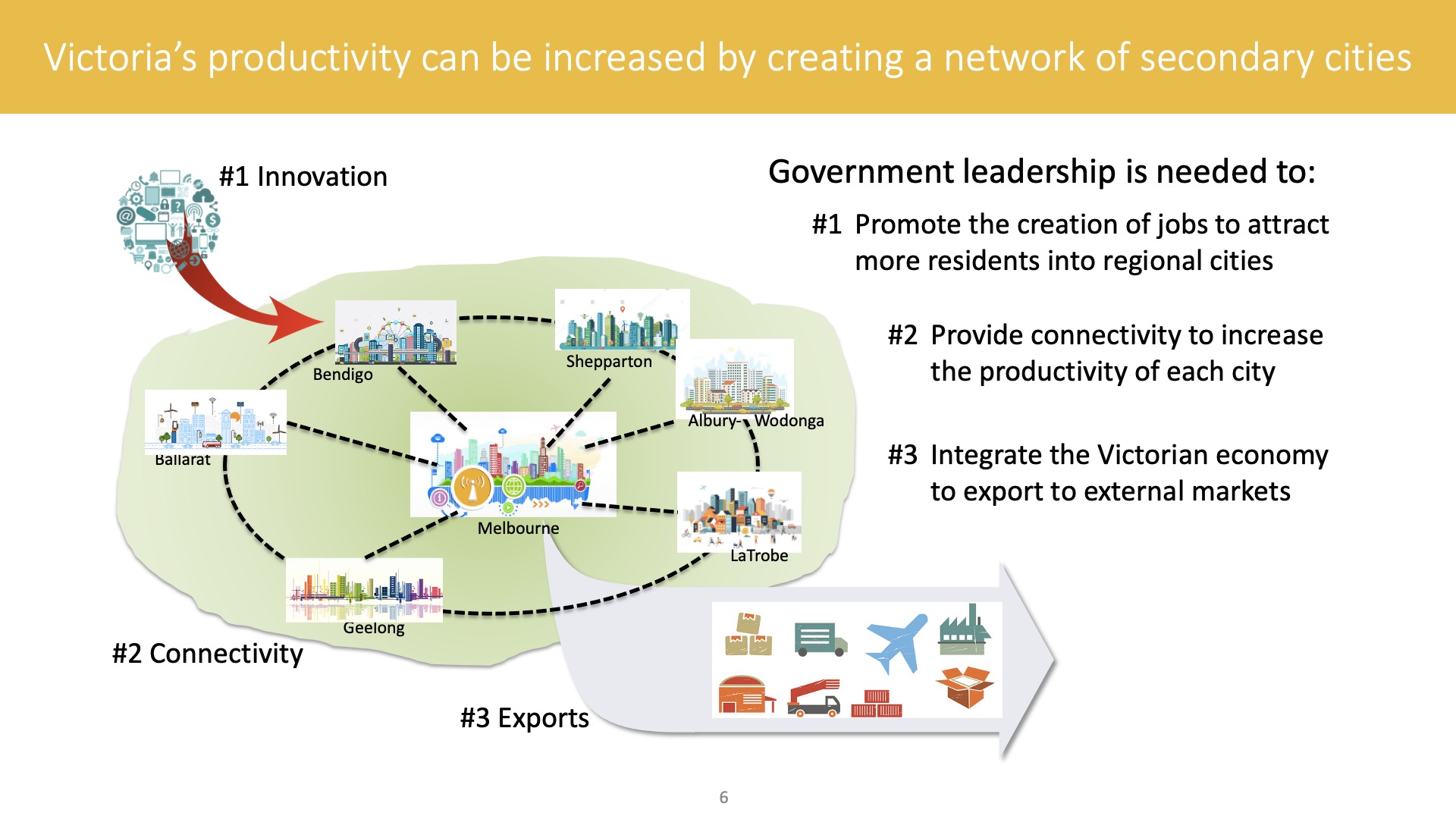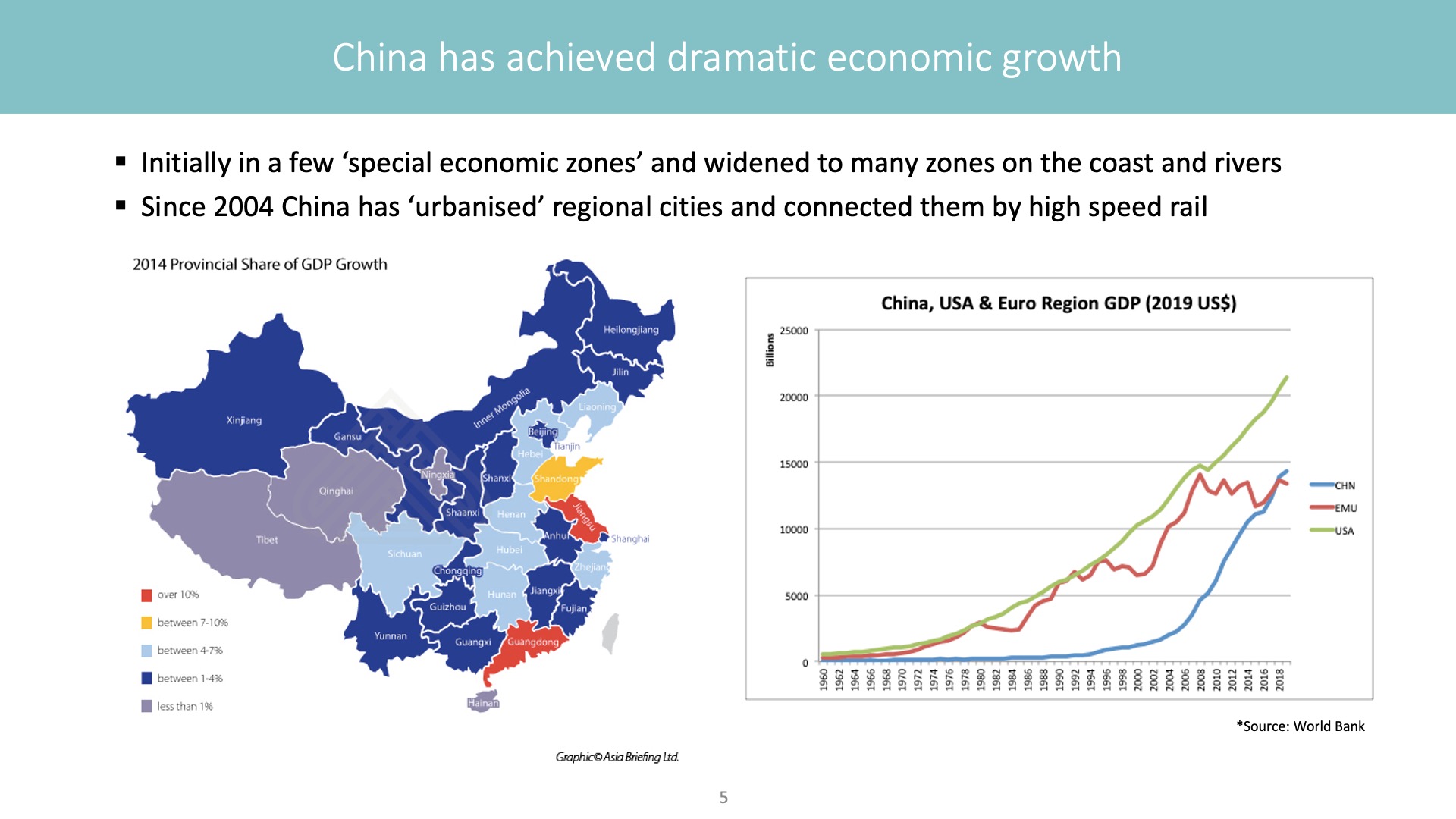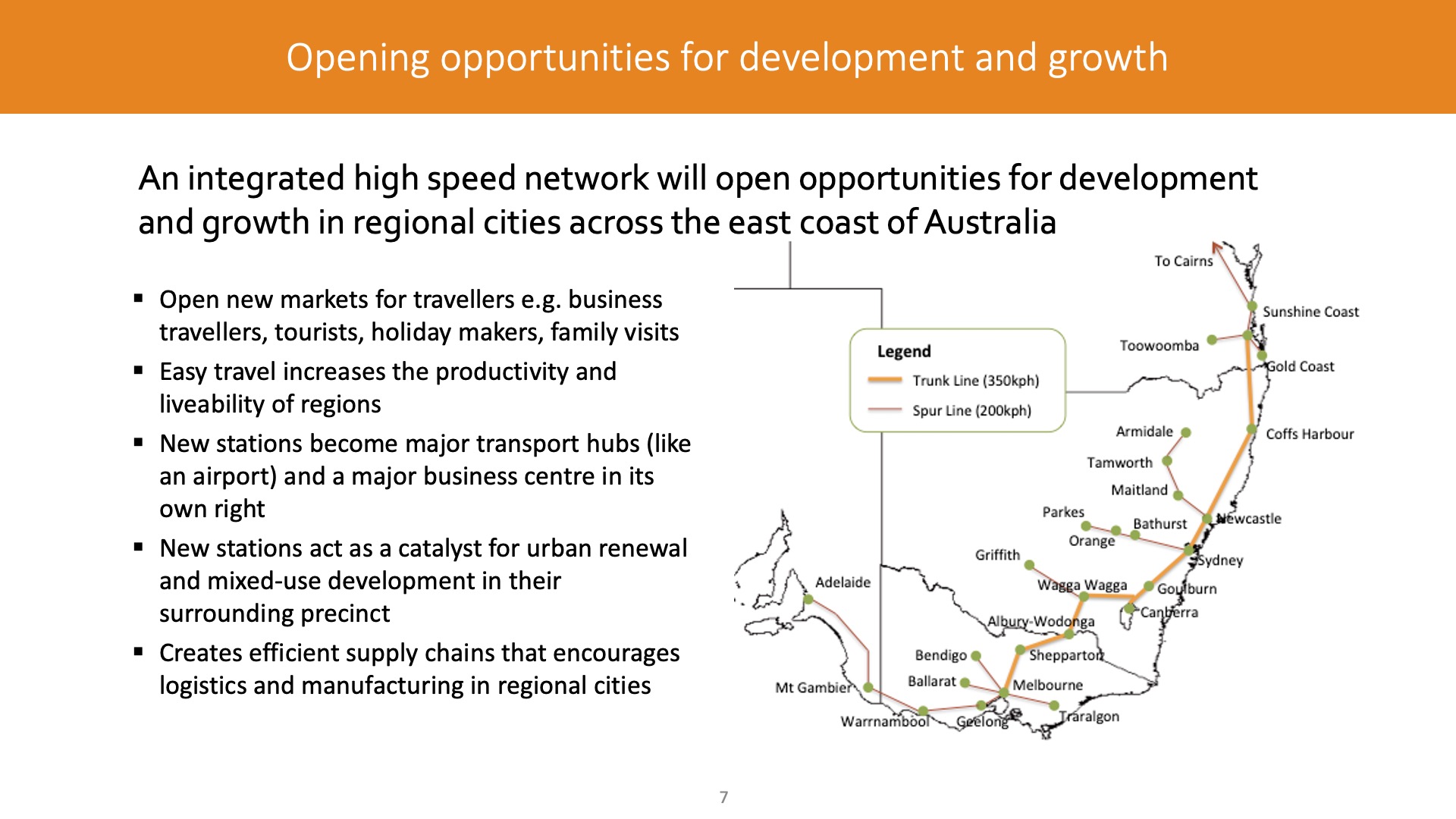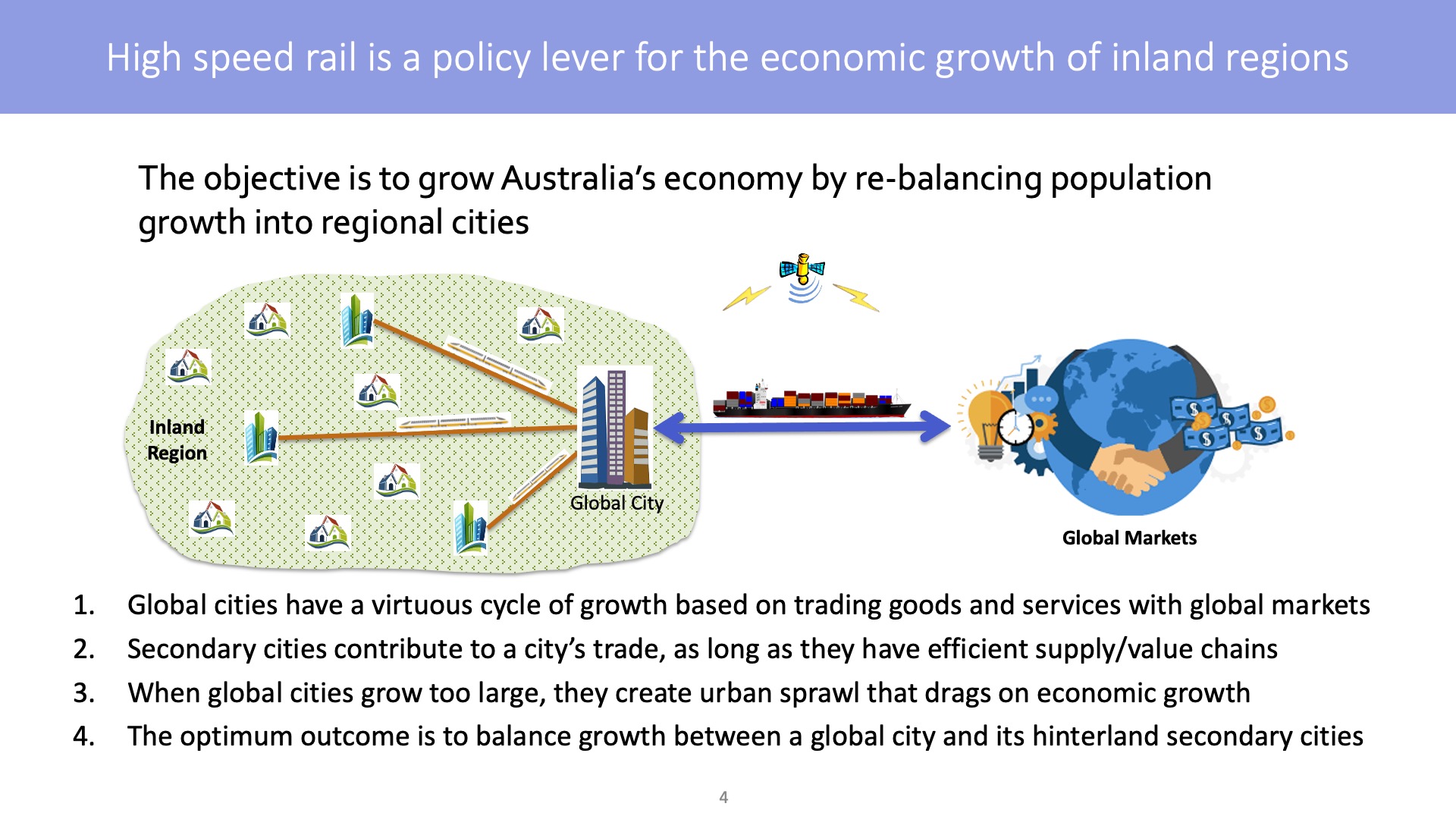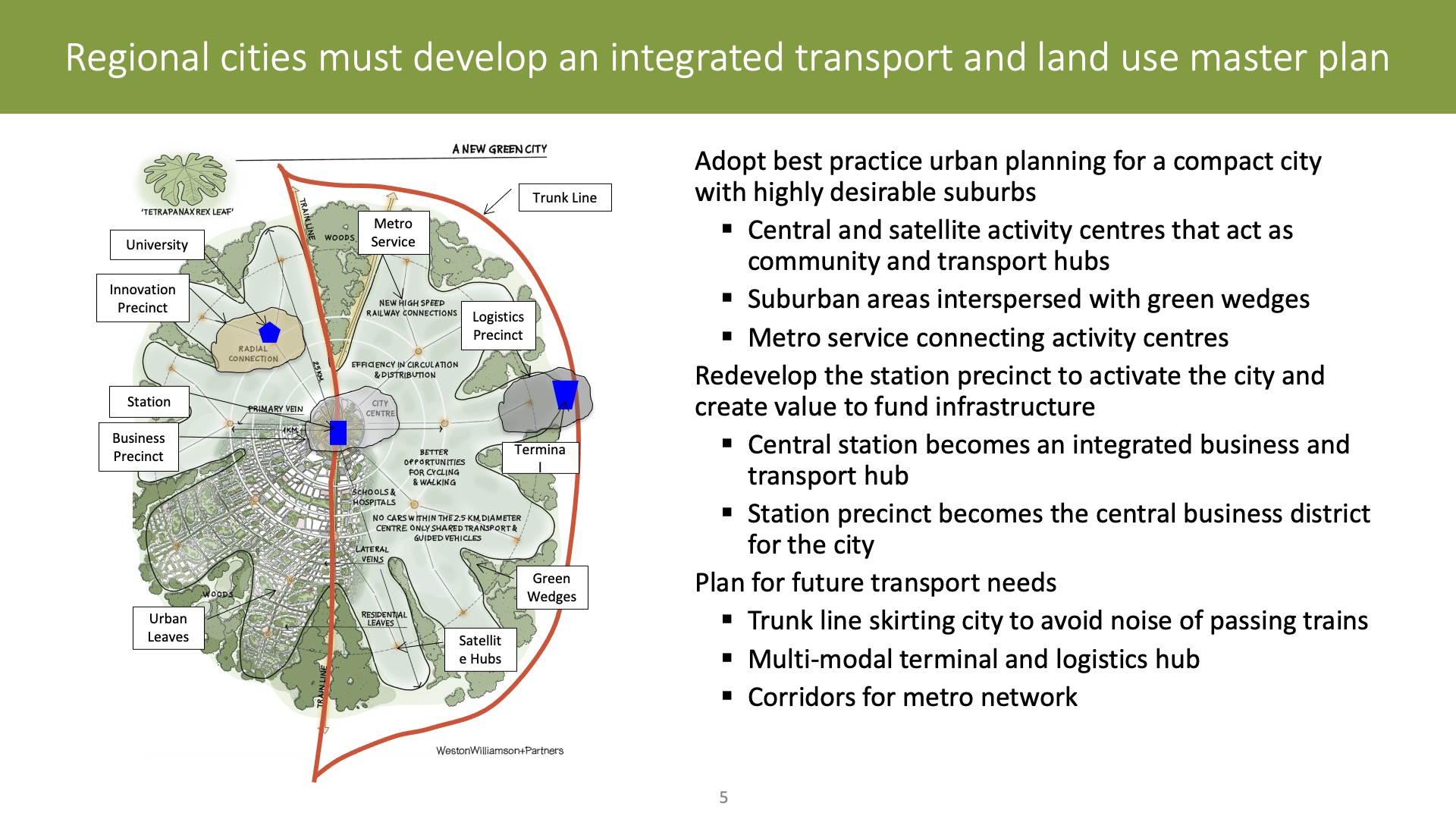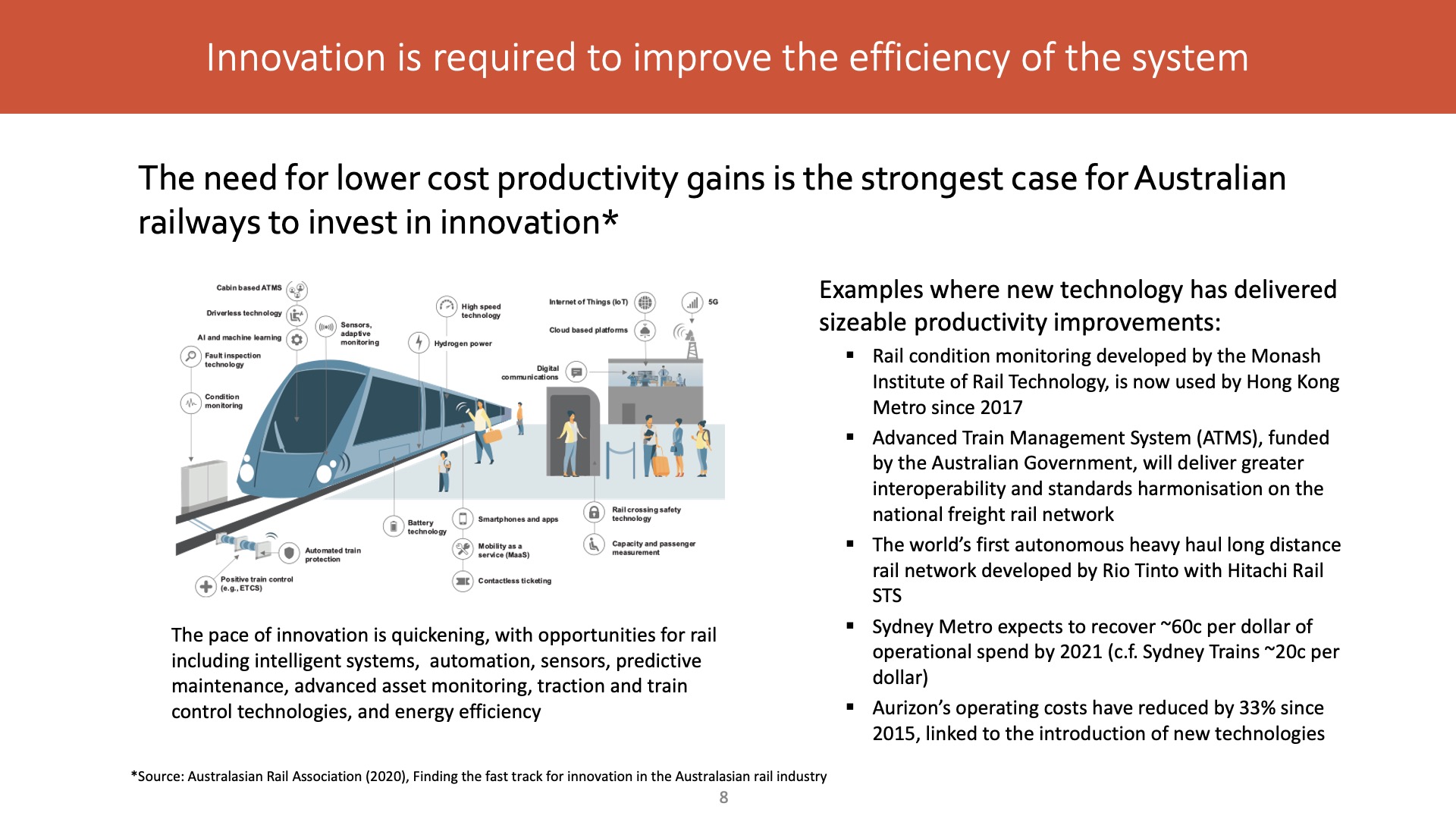.jpg) About the report
About the report
High Speed Rail for Regional Growth is a report written for for Fastrack Australia. Fastrack Australia is a not-for-profit organisation advocating for the development of a high-speed rail network in South-East Australia.
The report addresses why Australia needs a high speed rail network. It shows that regionalisation needs high speed rail to be successful, but it will drive higher economic growth that justifies the significant investment needed.
It also considers what Government, regional cities and the rail industry need to do to make regionalisation a success. But the result will be a more productive nation, with higher liveability, and an innovative rail industry exporting to the world.
Report Highlights
- Concerted effort to grow the population of regional cities will result in much higher economic growth compared with continuing to concentrate population growth in Melbourne. This means all Australians will be better off, with better jobs, wider choices of lifestyles, greater access to health and education services, and less time spent commuting.
- Faster regional rail services are essential to grow the population and economies of regional cities. The OECD says that transport infrastructure must be provided as part of an integrated approach to regional development. The World Bank has observed that China has used high speed rail to stimulate growth in under-developed regions by redistributing bsinesss and jobs to regional cities; encouraging population movement to regional cities; and dramatically increasing tourism to major regional attractions.
- The principles underpinning high speed rail rollout in China can be adopted for high speed regional rail in Australia. A national high speed network connecting the majority of regional cities in eastern Australia could deliver similar benefits. Economic modelling shows that it will lead to a higher overall economy that justifies the investment in rail infrastructure.
- But the Australian Government must provide leadership and funding. It must provide leadership to ensure an efficient, sustainable and productive transport system that balances benefits across the eastern states.
- In addition, regional cities must mobilise their own local assets and resources, to grow their economies by leveraging their relative competitive advantages.
- And the rail industry must step up to build its capabilities and boost its productivity to compete with road and air travel. A steady pipeline of rail investment will provide the opportunity to link local R&D with manufacturing and build the industry in Australia
But this can only be achieved through a national agreement to a comprehensive regionalisation policy that rebalances population growth into regional cities connected by high speed rail.


